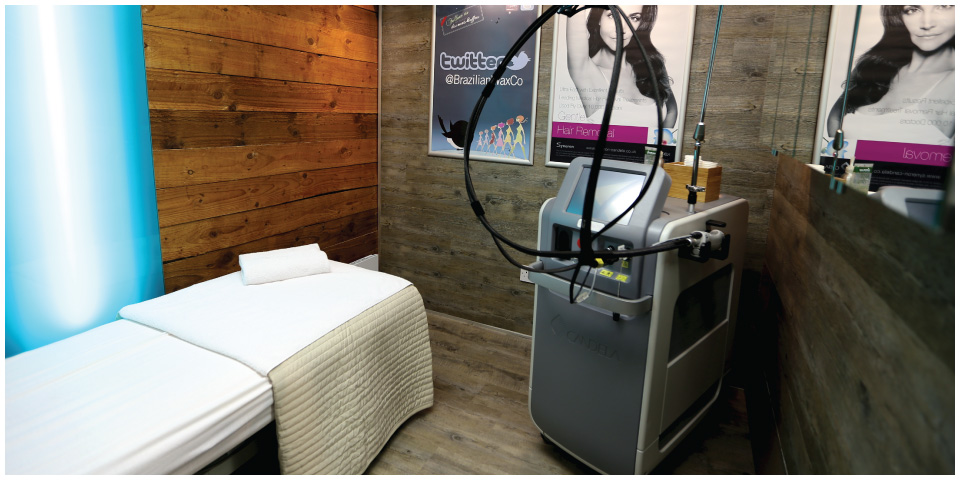Manchester is an incredible city, world-famous for its cultural and sporting heritage. Here at Groupon we’ve decided to make it even more enjoyable with incredible savings using
Manchester vouchers! Whether you’re
looking to save on gifts, shopping, events and dining out or everyday necessities like haircuts and household repairs, Manchester vouchers could offer you savings of up to 70% off the usual price. Perhaps you want to take your children to a new part of the city, or think you and your friends deserve to treat yourself to a bit of R&R, you could find exactly what you need here on Groupon. You won’t believe your eyes!
Manchester Vouchers for the Perfect Trip!
Manchester is a fantastic city to visit, and vouchers make the costs so much less. With attractions such as Greater Manchester Police Museum and the Manchester Museum, the world-famous Old Trafford stadium or the pioneering Green Building eco-project, you are sure to have a great time when visiting Manchester. You could visit the annual Manchester International Festival, or just go to a bar and grab a Boddingtons Cream Ale, which has been the pride of Manchester since 1778. Our vouchers could get you amazing discounts on accommodation & transport making them
an ideal xmas present. So register on the website and check out the `deal of the day´ and see if the voucher can be of any use to you. If not, just wait and see what the next day’s voucher is. It’s outrageous!
 Massage
Massage


 Restaurants
Restaurants
 Laser Hair Removal
Laser Hair Removal
